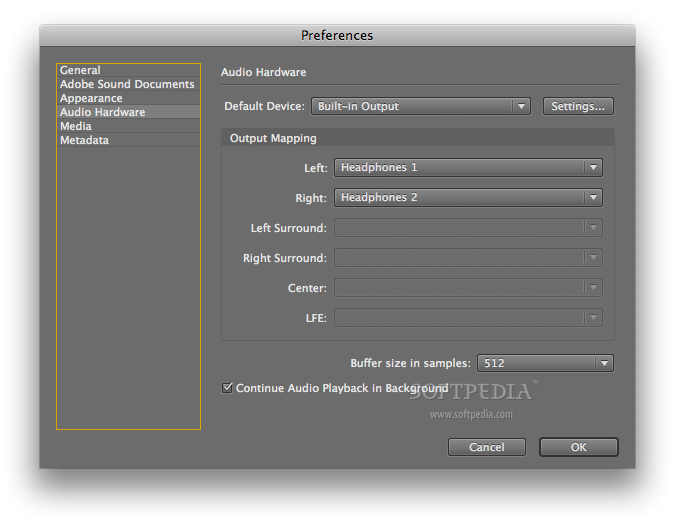

The architecture also keeps in mind the security and integrity aspects of healthcare data. Data analytics is then applied to the collected data to build a knowledge graph used for quick predictions and prescriptions. Best-in-class wearable devices will collect the biometric data and transmit it via the 5G network slice. The motive of our study was to define an implementable low-level architecture for the digital healthcare system by using the 5G Network Slice that incorporates all these features.

Such a system will not only support dynamic throughput, latency and payload but also provide guaranteed QoS (Quality of Service) at every instant. For building such a system, there is also a need for a dedicated and specialized communication network. These could potentially fulfill the requirements of an end-to-end digital healthcare system. The recent advancements in technology have enabled machine-to-machine communication, enhanced mobile broadband, and real-time biometric data analytics. In the wake of the COVID-19 pandemic, where almost the entire global healthcare ecosystem struggled to handle patients, it’s evident that the healthcare segment needs a virtual real-time digital support system. In our experiments, 9 out of 10 plans generated by the CNN model were the same as generated by the experts, which shows the effectiveness of the model. In order to determine whether the treatment plan output by the model is effective, each group of data is handed over to two cervical spondylosis experts for scoring, and then the final treatment plan is determined from 10 acupuncture plans.

The experimental results show that the CNN model used in this paper has a high classification accuracy, achieving an accuracy of up to 97%, and can help produce an effective treatment plan. The CNN network is used as the network model for classification and recognition. The development status of wearable sensors at home and abroad is introduced, and the modules and functions of the wearable sensors are designed. In order to meet the different needs of different patients, this paper uses wearable sensors to collect patient dynamic data, extracts the action features of cervical spondylosis to design a scoring system, analyzes the input feature scores through a convolutional neural network (CNN) model, and then outputs personalized acupuncture treatment plan. CSR has the characteristics of high incidence, long treatment time, and easy recurrence after treatment. Research shows that cervical spondylosis radiculopathy (CSR) is the most common type of cervical spondylosis in clinic, and Chinese medicine treatment has obvious advantages, among which acupuncture therapy has received increasing attention. We also compare two candidate technologies, IEEE 802.15.1 and IEEE 802.15.4, from the aspect of resilience to jamming and denial-of-service attacks. We discuss confidentiality and integrity policies for clinical information systems and propose the feasible enforcement mechanisms over the wireless hop. In this paper we address the networking and security architecture of a healthcare information system comprised of patients’ personal sensor networks, department/room networks, hospital network, and medical databases. In this scenario, integrity and privacy of personal medical data is of utmost importance. In this manner, health-relevant measurements can be forwarded to the central medical database and stored therein. This interconnection device should be able to connect to access points at different locations within the healthcare institution. Various healthcare areas such as diagnosis, surgery, intensive care and treatment, and patient monitoring in general, would greatly benefit from light, autonomous devices which can be unobtrusively mounted on the patient’s body in order to monitor and report health-relevant variables to an interconnection device in the vicinity.


 0 kommentar(er)
0 kommentar(er)
